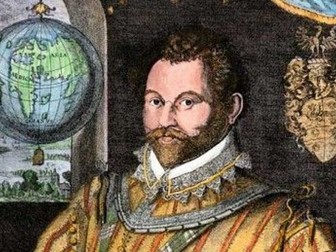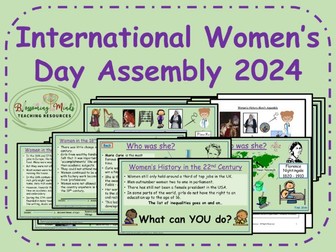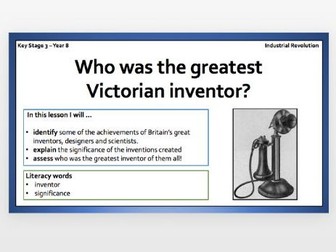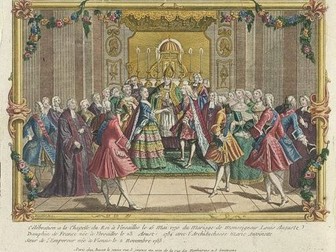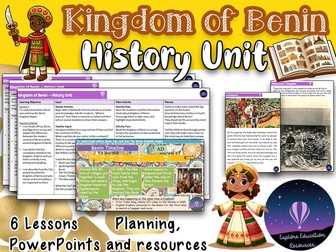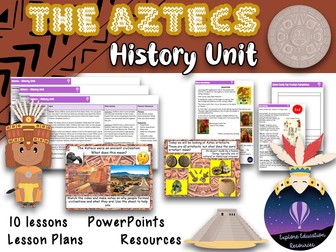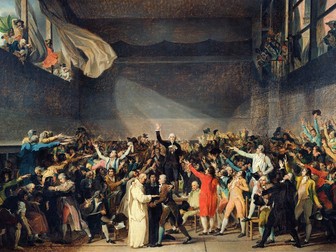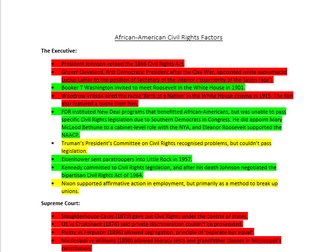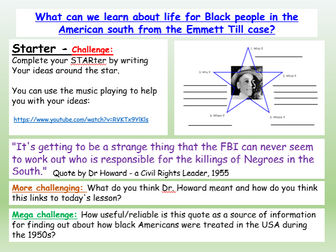Bundle

AQA 2024 Historic Environment: Drake’s Circumnavigation
AQA GCSE History: British Depth Studies: Elizabethan England, c1568–c1603 - Historic Environment, 2024 - The Americas and Drake’s Circumnavigation, 1577-1580.
The resources are suitable for Edexcel, OCR, WJEC GCSE History and iGCSE History.
Included within this bundle are the following complete lessons and assessment support:
01 - An English Renaissance
02 - The Elizabethan ‘Golden Age’
03 - The Golden Age of Elizabethan Exploration
04 - The Reasons for the Anglo-Spanish Conflict, 1580
05 - Sir Francis Drake - Slave Trader
06 - Drake’s Plan
07 - Sir Francis Drake’s Circumnavigation, 1577-1580
08 - Consequences of Drake’s Voyage
09 - The Impact of Voyages and Trade
10 - Sir Francis Drake’s Significance
11 - The Historic Environment
The resources that I have created have helped my GCSE History classes to sustain outstanding results over a period of time:
2022 P8: +0.88 and +0.81
2021 P8: +1.42
2020 P8: +0.47
2019 P8: +0.57
My GCSE History classes have also consistently attained the most Grade 9s in any subject and/or class at my current school of over 1300 students.
In addition, this specific component’s outcomes - Elizabethan England, c1568–c1603: Historic Environment - are consistently well-above the national average according to AQA Enhanced Results Analysis.
I have worked for the examination boards for over 10 years and considering the recent developments within education, my resources are constantly amended and updated for students studying GCSE History. I have utilised feedback from students, fellow professionals, experienced colleagues and have used my own professional judgement to ensure that each resource will help you to teach quality history lessons to ensure that each student achieves their personal best.
I am proud that I am a ‘Gold’ TES Author, and this is recognised by the fact that my resources have been downloaded over half a million times by educators throughout the world.
Copyright Protection ©
